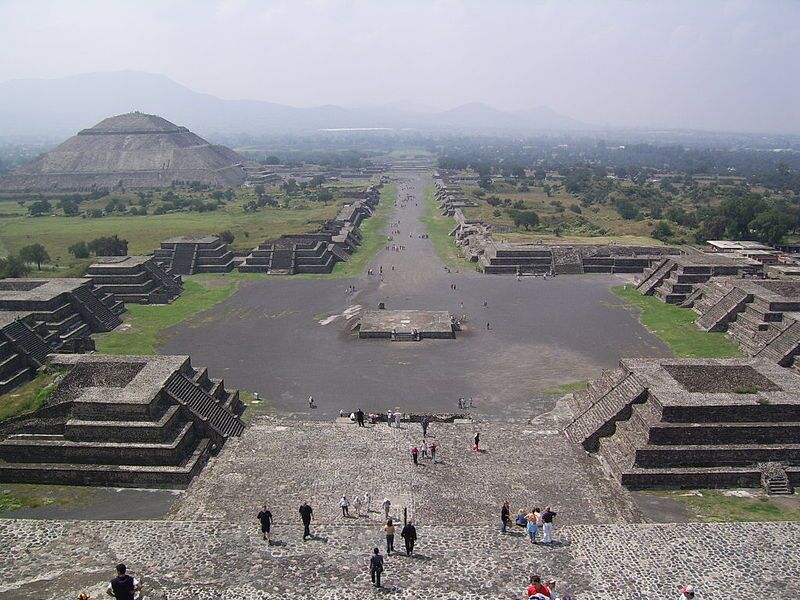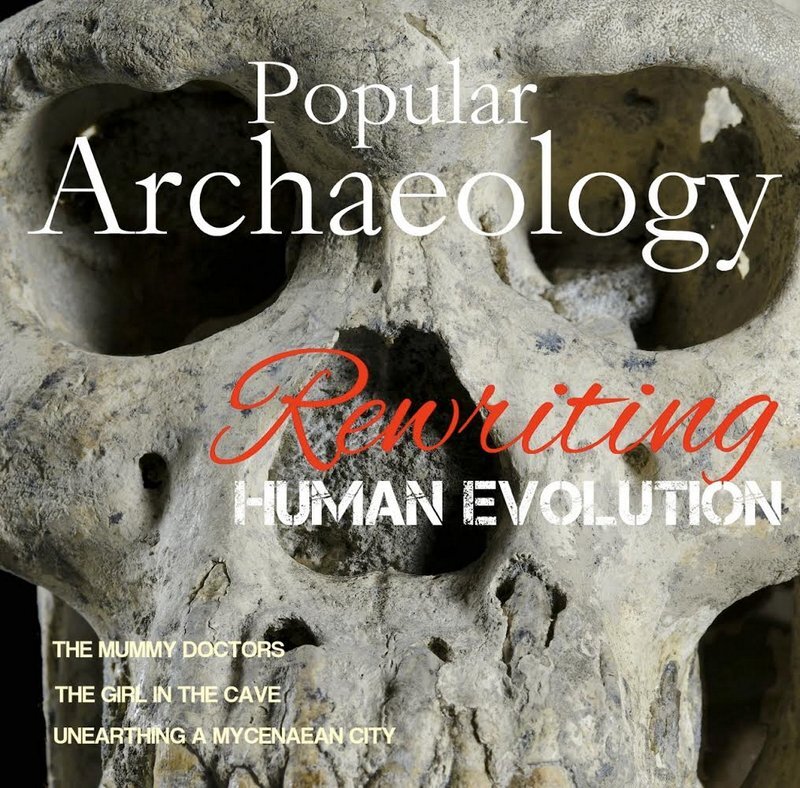
As it is in New York city, so it was in the ancient cities of Teotihuacán and Tenochtitlán.
So suggests a team of anthropologists who recently conducted a study that shows that ancient settlements grew according to the same rules as modern cities.
Using archaeological data from rural settlements to urban centers, including information on the volumes of ancient public monuments, the boundaries of political units, the number and size of ancient houses, and the extent of settled areas, and then applying mathematical formulas related to settlement scaling theory*, they applied a common formula explaining the dynamics of city growth that balances the benefits of social interaction—such as increased productivity, trade and information sharing—with the costs of movement or transport.
Led by Scott Ortman of the University of Colorado, Boulder, the study authors began their research based on findings from previous research studies that suggested that a common characteristic of modern cities is increasing productivity or economic returns to scale—that many socioeconomic outputs increase more rapidly than the associated infrastructure and population size. In other words, a city’s population outpaces its development of urban infrastructure, for example, and its production of goods and services outpaces its population. They examined the extent to which increasing returns may also apply to ancient cities, in this case those of the pre-Hispanic Basin of Mexico (BOM), which contained cities of the ancient Teotihuacán, Toltec, and Aztec civilizations, by analyzing the dimensions of hundreds of ancient temples and thousands of ancient houses to estimate population sizes and densities, size and construction rates of structures, and the intensity of site use.
__________________________________________
 View of the Avenue of the Dead and the Pyramid of the Sun at the ancient site of Teotihuacán, one of the great ancient cities of present-day Mexico, located in the Valley of Mexico about 30 miles northeast of modern-day Mexico City. Wikimedia Commons
View of the Avenue of the Dead and the Pyramid of the Sun at the ancient site of Teotihuacán, one of the great ancient cities of present-day Mexico, located in the Valley of Mexico about 30 miles northeast of modern-day Mexico City. Wikimedia Commons
_________________________________________
The results, according to the authors, were exciting.
“It was shocking and unbelievable,” says Ortman. “We were raised on a steady diet telling us that, thanks to capitalism, industrialization, and democracy, the modern world is radically different from worlds of the past. What we found here is that the fundamental drivers of robust socioeconomic patterns in modern cities precede all that.”
“We have shown that in the pre-Hispanic BOM, larger population aggregates used space more efficiently, produced public goods more rapidly, and were more productive per household,” wrote Ortman, et al. in the report. “Further, the congruence of these results with theory suggests that the benefits of scale…..ultimately derive from the properties of strongly interacting social groups embedded in structural spaces. This reinforces our view that human settlements of all times and places function in the same way by manifesting strongly interacting social networks, thus magnifying rates of social interaction and increasing the productivity and scope of material resources, human labor, and knowledge.”*
“Our results suggest that the general ingredients of productivity and population density in human societies run much deeper and have everything to do with the challenges and opportunities of organizing human social networks,” said Santa Fe Institute’s Professor Luis Bettencourt, a co-author of the study.
________________________________________
 Modern and ancient cities reflect the same basic social networking processes.
Modern and ancient cities reflect the same basic social networking processes.
Image Credit: Gabriel Garcia
_________________________________________
Moving forward, the team plans to conduct similar analyses of ancient sites in Peru, China, and Europe, focusing on the factors underpinning urban development, growth, and collapse.
The detailed report is published in the current issue of the new open-access journal, Science Advances, published by the American Association for the Advancement of Science.
____________________________________________________
*”Settlement scaling and increasing returns in an ancient society,” by S.G. Ortman at University of Colorado, Boulder in Boulder, CO; S.G. Ortman; A.H.F. Cabaniss; L.M.A. Bettencourt at Santa Fe Institute in Santa Fe, NM; A.H.F. Cabaniss at University of North Carolina, Chapel Hill in Chapel Hill, NC; J.O. Sturm at University of New Mexico in Albuquerque, NM.
The content of this article was adapted and edited from press releases of the University of Colorado, Boulder, the Santa Fe Institute, and included statements published in the referenced research report.
____________________________________________________
Read about the most fascinating discoveries with a premium subscription to Popular Archaeology Magazine. Find out what Popular Archaeology Magazine is all about. AND MORE:
On the go? Get the smartphone version of Popular Archaeology as an app or as an ebook.
Just released!
The special new premium quality print edition of Popular Archaeology Magazine. A beautiful volume for the coffee table.
Travel and learn with Far Horizons.
____________________________________________
Popular Archaeology’s annual Discovery Edition eBook is a selection of the best stories published in Popular Archaeology Magazine in past issues, with an emphasis on some of the most significant, groundbreaking, or fascinating discoveries in the fields of archaeology and paleoanthropology and related fields. At least some of the articles have been updated or revised specifically for the Discovery edition. We can confidently say that there is no other single issue of an archaeology-related magazine, paper print or online, that contains as much major feature article content as this one. The latest issue, volume 2, has just been released. Go to the Discovery edition page for more information.








